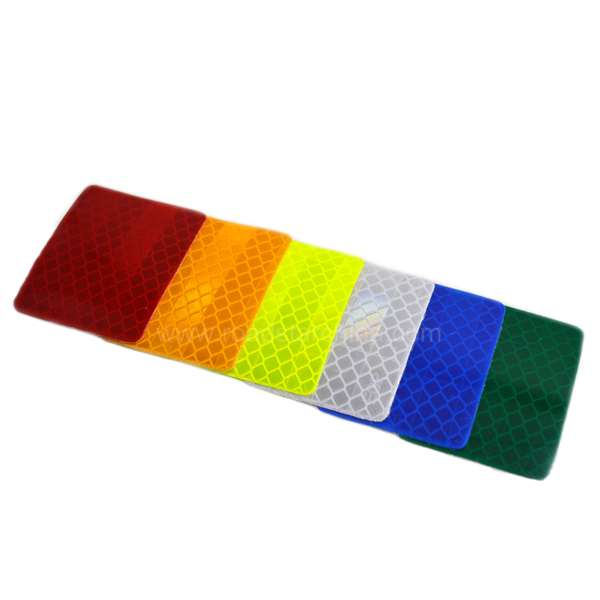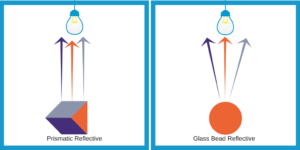RS-1500 EGP Prismatic Reflective Sheeting
FEATURES
EGP reflective PC film use PC as top layer. PC, the short name of Ploycarbonate, is a kind of amorphous, non-toxic, transparent or yellow thermoplastic engineering plastics. PC possesses an excellent physical and mechanical properties, heat resistance and low temperature resistance performance. It can be used under the conditions of -50℃-120℃. It’s transmittance up to 90%, just following PMMA’s. With excellent heat resistance, it can be used for screen printing and plotter cutting.
APPLICATION
Road safety signs, reflective safety signs, truck body sticker.

GENERAL DESCRIPTION
RS-1500 PC reflective sheeting belongs to prismatic reflective film. It is a whole new generation reflective material, adopting retro-reflective cube pyramid structure, and combining with coating, composite, embossing process manufacturing. It possesses an excellent retro-reflective performance, good durability and self-adhesive, providing the safest security for the driver. It is suitable for screen printing and computer cutting.
Reflective index:
|
Color
|
White
|
Yellow
|
Red
|
Green
|
Blue
|
|
Entrance angle
|
500cd/1x/m²
|
430 cd/1x/m²
|
100 cd/1x/m²
|
50 cd/1x/m²
|
70 cd/1x/m²
|
PRECAUTIONS
Shipping & payment:
Package: 1rolls per carton
Delivery time: After payment or deposit, the items would be delivered in 7days.
Export port: Xiamen port or as request.
Storage:
It should be store in the storehouse, where the condition is ventilated, dry and cool. The suitable temperature is between 10~40℃, the humidity is less than 70%.
FAQ
What is the difference between glass bead surfaces and prismatic surface.
There are two basic types of retroflective surfaces: glass bead surfaces and prismatic surfaces and both reflect light differently.

Glass bead reflective surfaces use glass spheres to collect light and bounce it back to the source. The rounded shape of the beads is what creates the retro reflectivity.
Prismatic reflective surfaces do the same thing but with sharp angles like prisms. They work like the glass beads but are more efficient, thus creating a brighter return of light.